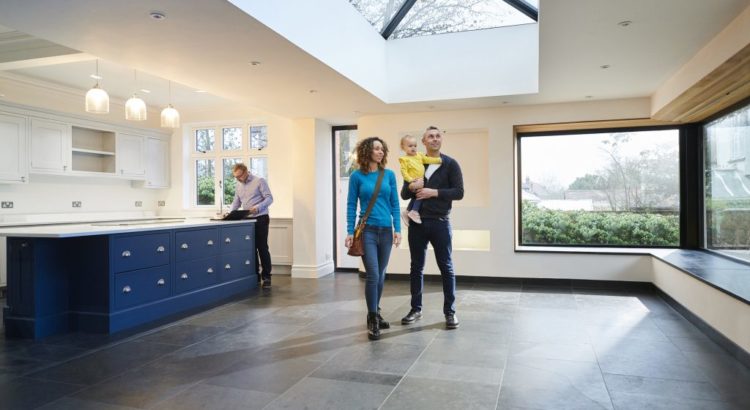What are potential buyers really looking at when they’re at a showing? You might think you already know the answer to that, but a new study not only takes the guesswork out of it, the results might surprise you.
Using eye-tracking hardware, ccomparethemarket.com followed a number of potential buyers at three different properties to see what actually caught their attention. While the study was conducted in the U.K. — where the housing market is also experiencing a boom — it offers insight on what sellers anywhere should focus on to prepare a property for viewings.
- HVAC/Radiators
- With temperatures cooling, the experiment found that buyers went straight for the heat source when looking at a property, one reason why turning up the heat before a showing, especially when the weather is cold, is always a good idea.
- The Great Outdoors
- The eye-tracking experiment showed that buyers looked out into the yard as soon as they entered a room that backs onto it. Due to the pandemic, many buyers are looking for a home that offers private outdoor space.
- Cabinet Doors
- When walking around the kitchen, one of the first things buyers did was check the kitchen cabinets to see if they were well built and in good condition. Not only is it important that the cabinets are presentable and function well, the study noted that tidiness inside the cabinets matters — buyers were seen looking inside them during the experiment.
- Oven
- Besides the cabinets, the other thing potential buyers looked at was the oven, which they also, perhaps surprisingly, turned on to see if it worked. Therefore, it’s important to make sure the oven is clean before a showing.
- Bed
- The experiment showed that when potential buyers walked into the bedroom, the bed — perhaps surprisingly — was the first thing their eyes went to. What’s more, they were seen feeling it or sitting on it in the experiment, one reason to make sure it’s staged for optimal comfort.
- Water Pressure
- During the experiment, one of the first things potential buyers did was to turn on the water in both the kitchen and the bathroom to see what the pressure was like. Knowing that, it’s important to ensure they’re extra shiny and clear of limescale.
- Smell
- While a scent isn’t something you can physically see, the eye-tracking experiment used diffusers and candles in the homes and found that not only were they one of the first things potential buyers spotted, they also picked them up to smell them.
- Lighting
- Most Realtors know to turn on all the lights in a house before a showing, but they might want to consider telling their sellers to purchase new fixtures and lampshades. Buyers in the experiment were seen checking light switches and looking at ceiling lights as soon as they entered the room.
- Accessories
- They’re not buying the pillows, cushions or throws, but that’s exactly what buyers looked at when walking into the bedroom and the living room especially. “Buyers want to visualize themselves living in a property, and while their interior preference may differ, they still want to look at a room and think, ‘Wow, I could live here,’” said the study.


